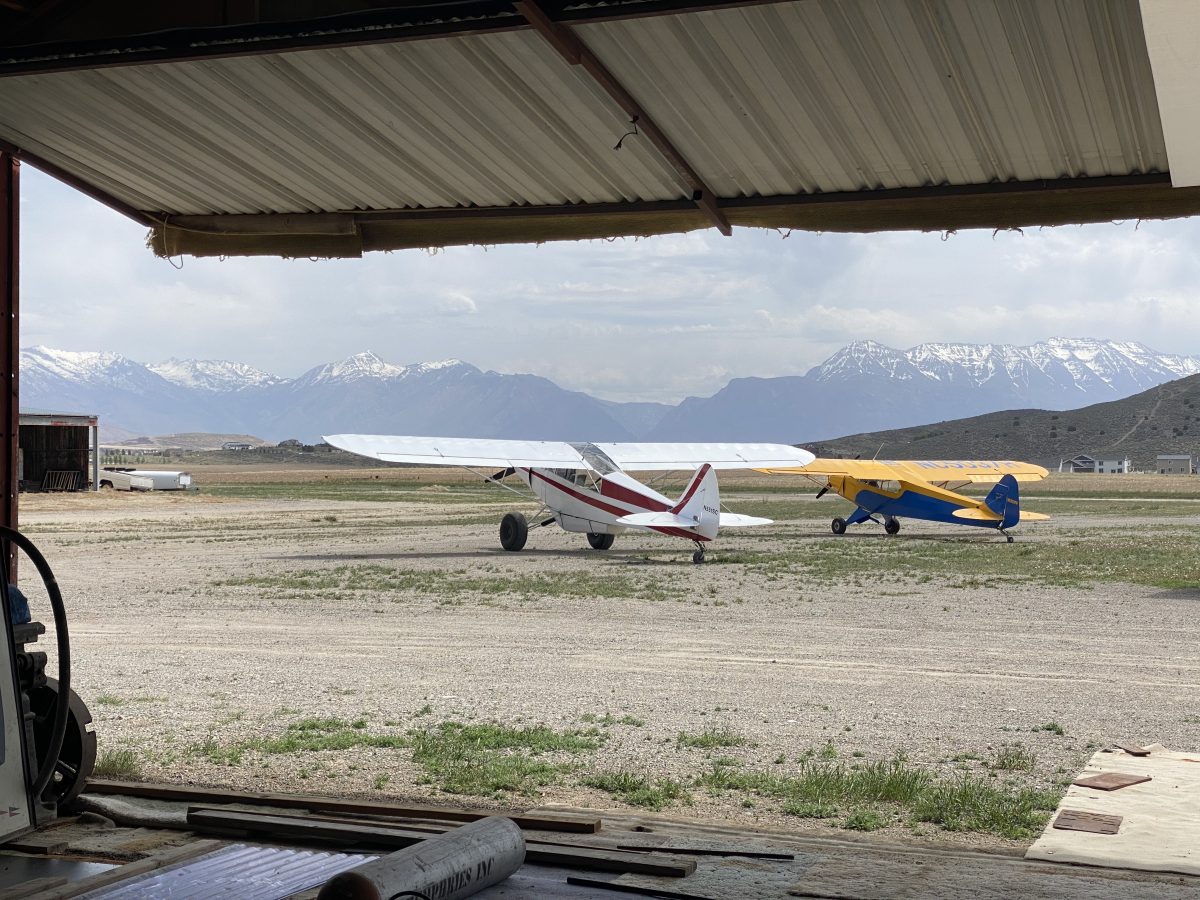The airport is more than a few thousand feet of flat earth. Children will flock to whatever’s left of a nearby airport and gaze into the skies taking in as much second-hand aviation as fences and badged entries will allow. Young adults with the flying hook deep in their gills will see their local airport as a classroom; their instructors their work office. Neighbors unaffiliated with the art of airmanship are divided as to what to call it. Some may see (and hear) these sacred grounds as an eyesore, a nuisance, should have been replaced with a failed park in an effigy to the mayor’s then wife. To the airplanes, the men and women that wrench them from piles of paperwork into flying machines, and those who admire them, the airport is home.
The continued urban sprawl of the American landscape introduces a new villain to the story: the developer. Where the other parties above may have come to the sometimes argumented conclusion that the airport exists, the developer sees an opportunity for hundreds of homes, high rise buildings, and more importantly, money. Evicting airplanes and their caretakers from their homes, the bulldozers turn hangars into rubble. Windsocks are plucked from the ground, and before all this happens, the true daggers to the hearts of the airman, the large amber x shapes on the ends of the runway signify the beginning of the end.
Years ago I had a layover in Ontario, California, and an insatiable thirst to shake the dust off of my high school Rollerblade Lightning TRS’. Examining a route from our hotel to the nearest airport, Chino, I found the lack of sidewalks disturbing. Thankfully, that part of the country has airports all over the place, and a quick scan of the route to Rialto Airport revealed a more favorable, less trafficked path that would give me the opportunity to quickly relearn how to rollerblade again. Miles of sidewalks and crosswalks culminated in me arriving at a chain link fence with the most appropriate sign I’ve ever run into. END. The day prior to my arrival was the last day for the ill-fated Rialto Airport; runways x’ed, tenants evicted. The airport now serves as a home to large industrial buildings. As a warning sign to other airports in the sights of developers, sections of the runways and taxiways were left for us to stare in and remember those moments where airplanes once used these stretches of land to do what they do best: fly.
Cedar Valley is one of those airports that’s likely to disappear soon. Homes in the background slowly encroach upon land once set aside to house the outcasts of aviation. From sailplanes, to powered paragliders, hot air balloons, and now vintage airplane owners like Josh and I, we’ve found a place that not only fits the bill to be called home, but feels even more like it. Through the many years of operation, the airport has welcomed many to the skies for the first time, with one of the most picturesque backdrops to facilitate these precious moments. The coarse gravel runway was given a few hundred feet of pavement to allow those propellors to start beating the air into submission, propelling their wings and their passengers into the air without the potential dings to the propellors that make this all happen. And let us not forget the classic wind tetrahedron made out of an airplane, and the pilot lounge made out of a bus.
How an airport feels immediately like home escapes me. Surely, the lack of egregious land lease requirements help invigorate the lifeblood that makes airports feel like home. Hell, can you even call it an airport barbecue when you can’t even legally have a barbecue in your hangar? The lack of secured fences and badge readers may welcome those who fear the ramifications of walking into an FBO uninvited. There seems to be no airport around here that’s without its fair share of drama. Legally binding restrictive covenants that make exceptions for some. Cost-prohibitive hangars being built that only be afforded by the likes of Elon Musk and his puppy points. Youtube stars that have turned airports into like, comment, and subscribe factories. Airport managers who turn hangar leases into parking spaces. Moving from airport to airport, you find yourself having to balance what is an acceptable amount of drama, and what that acceptable amount is worth (currently, it’s around $250 per square foot and rising).
I don’t know how one describes the soul of an airport, but last week, I had my first (and maybe last) chance to fly into Cedar Valley, and amidst the dirt-floored hangars, the hangar queens covered in decades of dust, and the withered hands that care for these once flying machines, I felt at home. I felt at peace. The Cub didn’t mind the dirt taxiways, or the occasional shifting tailwind on departure. We were home, and while I will soon run out of nostalgia trying to live in that moment, I yearn to find that feeling somewhere the Cub and I can thrive in, learn in, grow in, and perpetuate well into the future. I’ve spent my life yearning for the moment to own an airplane, and while the springtime winds keep me on the ground, I’m learning another tough lesson in patience in finding the Cub and I a home that not only looks like home, but feels like it too.
